Most people don’t fear an individual mushroom, but as a society, North Americans are generally incredibly wary of fungi that aren’t the common store-bought button mushroom. This generalized fear of mushrooms is called mycophobia, and it’s a real thing.
British mycologist W.D. Hay first talked about the fear of the mushroom kingdom in 1887. He used it to describe how people in England showed systemic fear of fungi.
In North America, there is an overwhelming fear of wild mushrooms as a whole, and the majority of people do not forage or even want to touch a wild mushroom for fear of what might happen. So, why is this? Why is mycophobia rampant here? And do mushrooms deserve this level of fear?
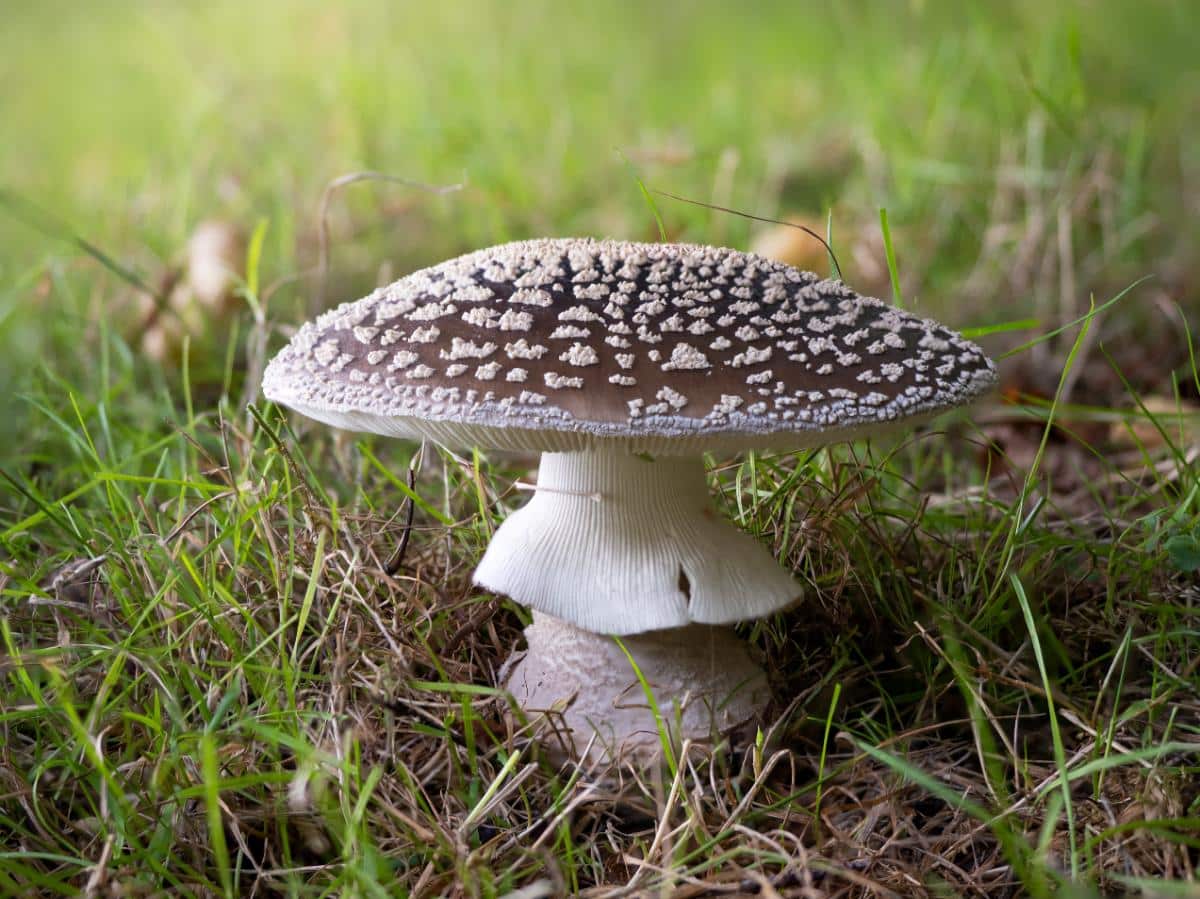
Jump to:
What is Mycophobia?
Mycophobia stems from two Greek root words: “myco,” meaning fungus, and “phobia,” meaning fear or dread. This phobia is an irrational fear of mushrooms, usually specifically wild mushrooms. The fear isn’t necessarily that the mushrooms are going to jump out and hurt you, but a fear that interacting with them will cause you harm.
The word mycophobia first appeared in the Oxford English Dictionary in 1957. However, the British naturalist William Delisle Hay introduced the concept of fungiphobia much earlier in 1887. Today, mycophobia and fungiphobia are used interchangeably.
W.D. Hay said: “Fungophobia is very curious. If it were human – that is, universal – one would be inclined to set it down as an instinct… But it is not human – it is merely British“. For us across the pond, with much of our cultural history entwined with the British, the phobia is the same. He observed that mycophobia has strong cultural influences rather than being a universal fear.
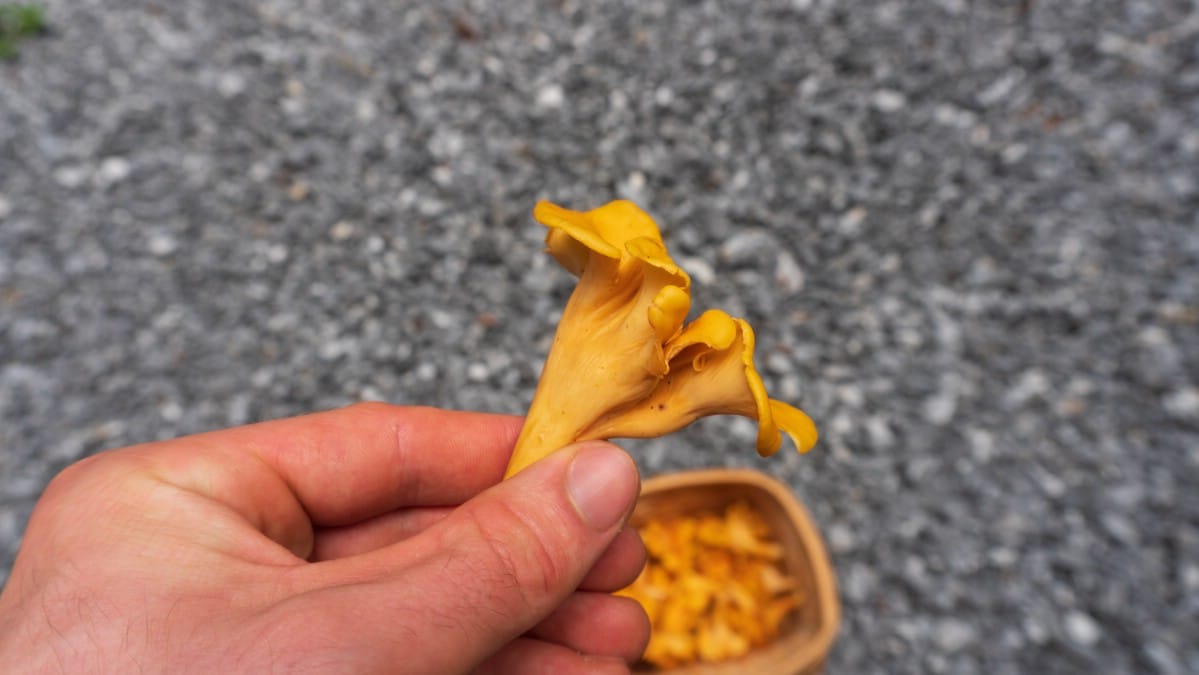
Why Do People Develop a Fear of Mushrooms?
Where does this mycophobia come from?
Our cultural relationship with mushrooms has a complex history. People viewed fungi with deep suspicion through the ages. The Victorians called them “vegetable vermin.” The Elizabethans referred to them as “earthie excrescences.” Medieval populations used the antisemitic term “Jew’s meat,” mixing prejudice with their fear of fungi.
Countries where people regularly forage for mushrooms tend to love them, while industrialized nations typically fear them. This isn’t some universal human instinct – it’s passed down through communities and families.
Think about how children first learn about mushrooms. Many parents practically leap across the yard when their curious toddler reaches for a mushroom cap. This dramatic reaction creates a powerful negative memory that sticks with kids.
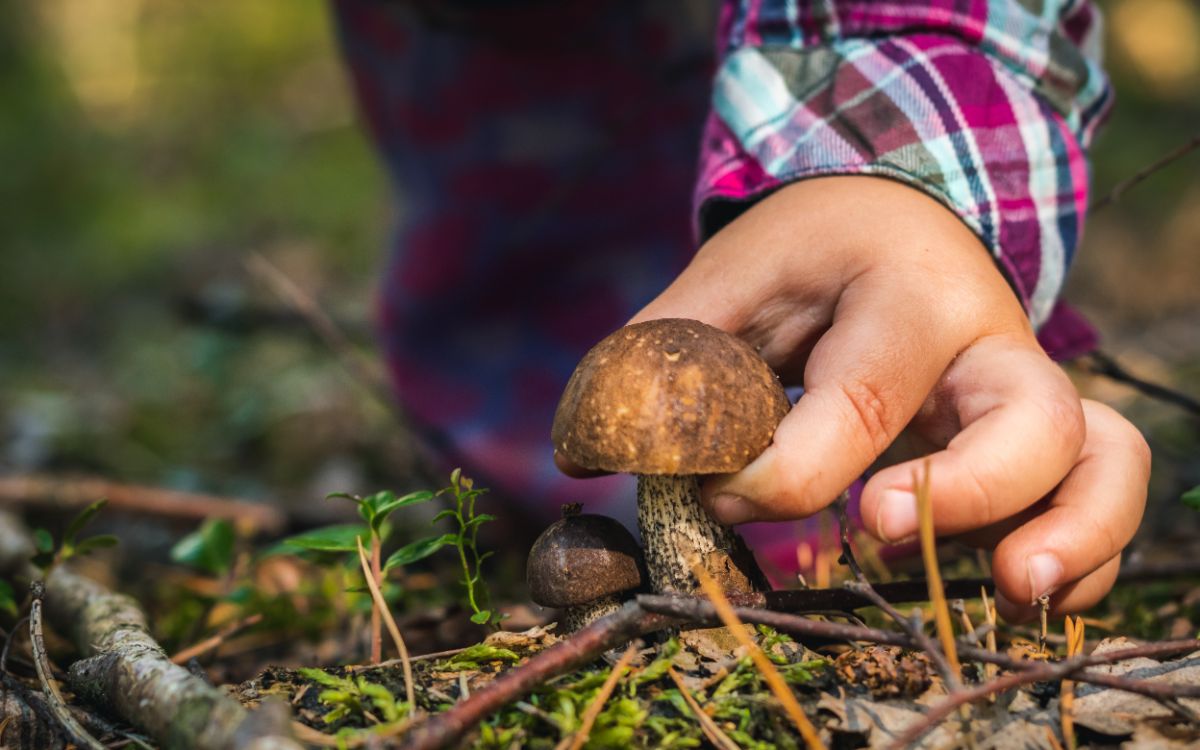
The reason the parents react so strongly is because they are afraid. And this fear is based on the unknown. But it’s pretty likely that someone in the person’s family foraged mushrooms in the past, probably only 50-150 years ago. As urbanization spread across countries, traditional mushroom knowledge disappeared. As ecologist Dr. Andy Letcher puts it, “You take people off the land, and they lose what oral knowledge they have. All it takes is one break in the link.”
Stories about mushroom poisonings can trigger fear, even without direct experience. News outlets love dramatic mushroom poisoning stories but rarely cover successful foraging trips.
Books and movies have also fueled mycophobia. Lewis Carroll’s “Alice in Wonderland” (1865) and other stories show mushrooms with magical or dangerous properties that might cause harm. These books shape public opinion. And, recently, the show The Last of Us (based on the video game) has captured the imagination of everyone with its fungi-infected zombies! This dramatic coverage and limited education about fungi identification spreads fear, though only 2% of known mushrooms are toxic.
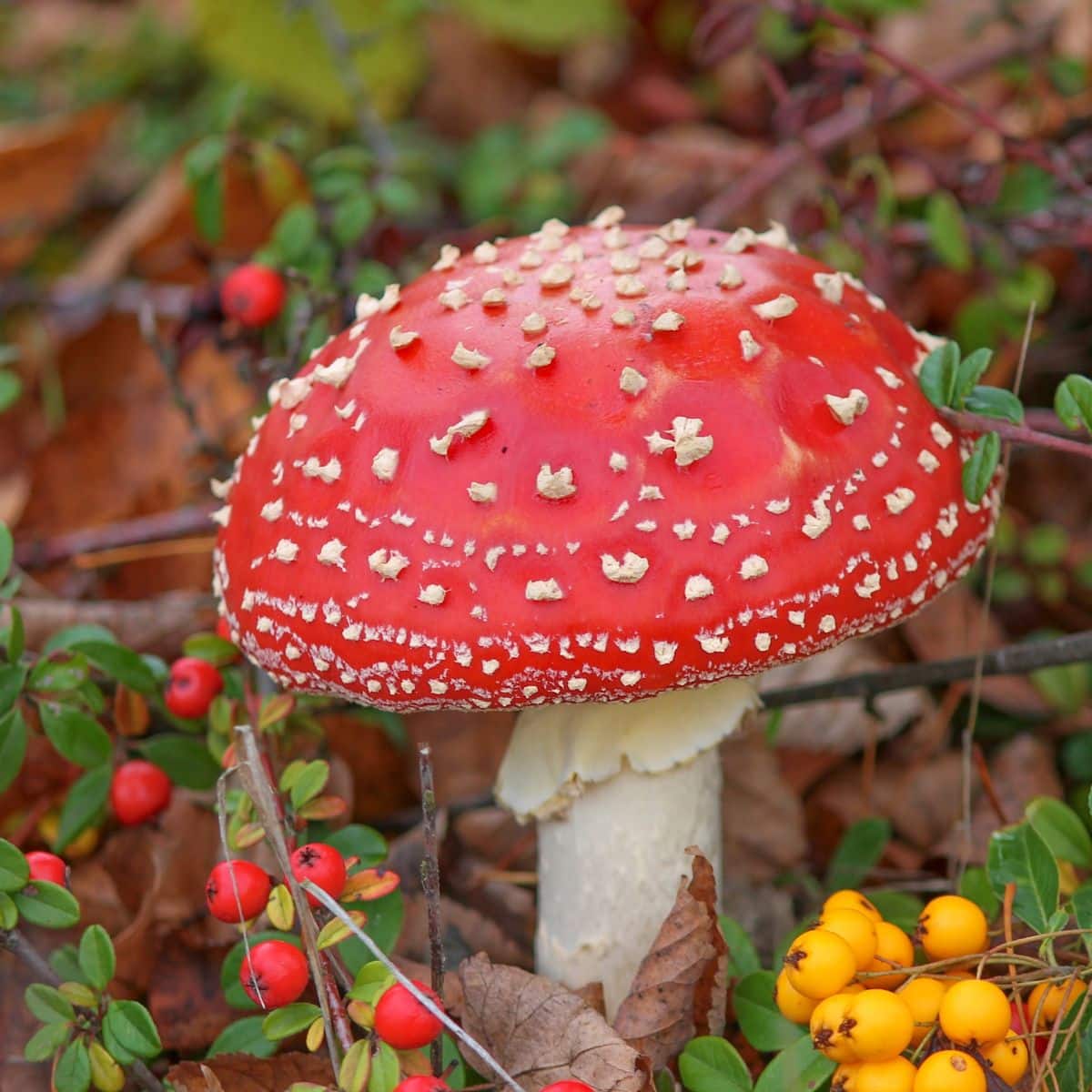
How Industrialization and Urbanization Changed Our View of Fungi
Moving from rural to urban living changed humanity’s relationship with fungi forever. As people packed into urban areas, we started thinking of ourselves as separate from nature, forgetting that “we are a part of nature!” This big disconnect created some serious problems for our relationship with mushrooms.
In general, an industrial society values cleanliness, standardization, and control. These values leave no room to appreciate organisms that cause decay. There are also a lot fewer fungi in cities vs the countryside. Urban environments have almost 50% fewer fungal species than natural settings. That’s a lot of missing mushroom friends!
The result was that communities abandoned their foraging practices as they moved to cities. This change erased traditional mushroom knowledge that used to be passed on from generation to generation. And, in a very short time, the lost knowledge turned into a pervasive distrust, which then led to fear.
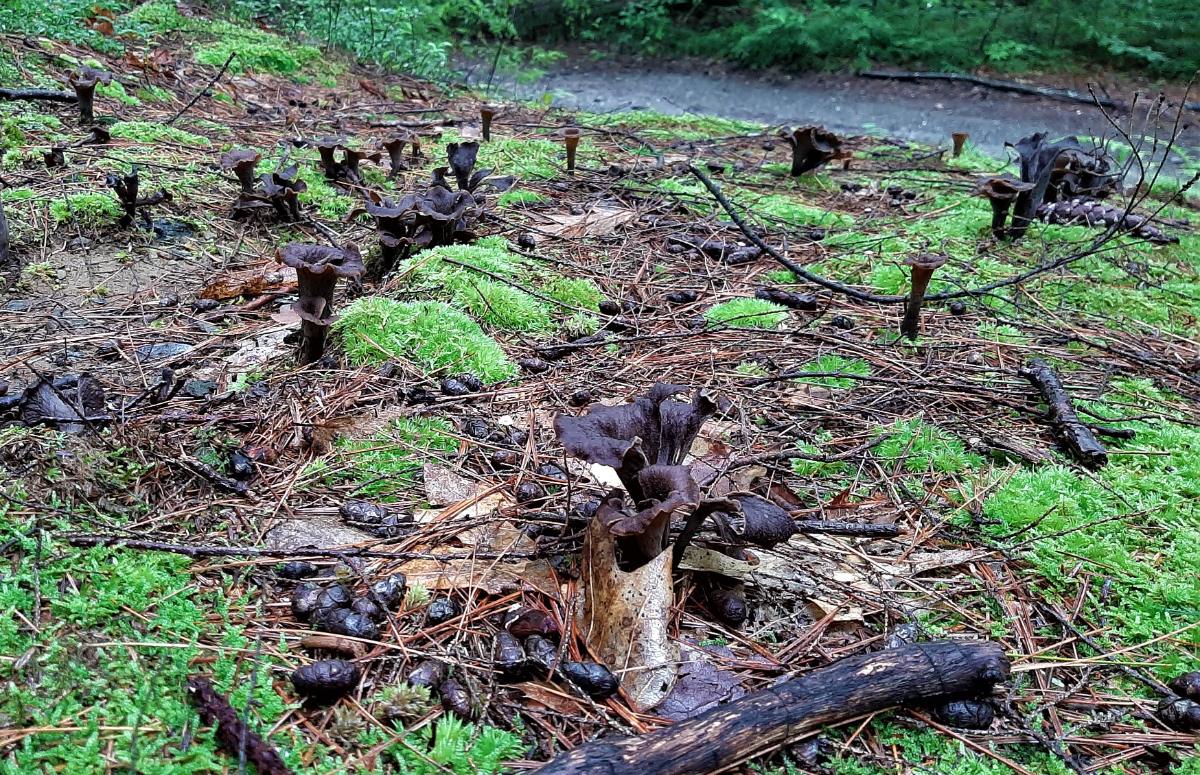
In many places where mushroom foraging is common, the countries invest in public education to ensure their populations know the risks and rewards of mushroom hunting. This dramatically affects people’s fear levels and assessment of the mushroom kingdom. The guidelines and legislation from the government turn fungi into a common, less scary entity.
In North America, there is no widespread education about fungi. And it is precisely this lack of information that fuels the common mycophobia. Some universities and mycological clubs publish excellent resources about fungi, foraging, and the risks, but a person has to really search to find them. These resources are not put forth by state or national entities, which limits their reach to the general public.
Modern industrial thinking also commonly labels fungi as problems instead of solutions. And, people have viewed fungi with more and more suspicion over the centuries. However, fungi might actually be the solution to many industrial world challenges.
Mushrooms can clean up pollutants through mycoremediation. Growing mushrooms is an environmentally responsible option that turns agricultural waste into nutritious food.
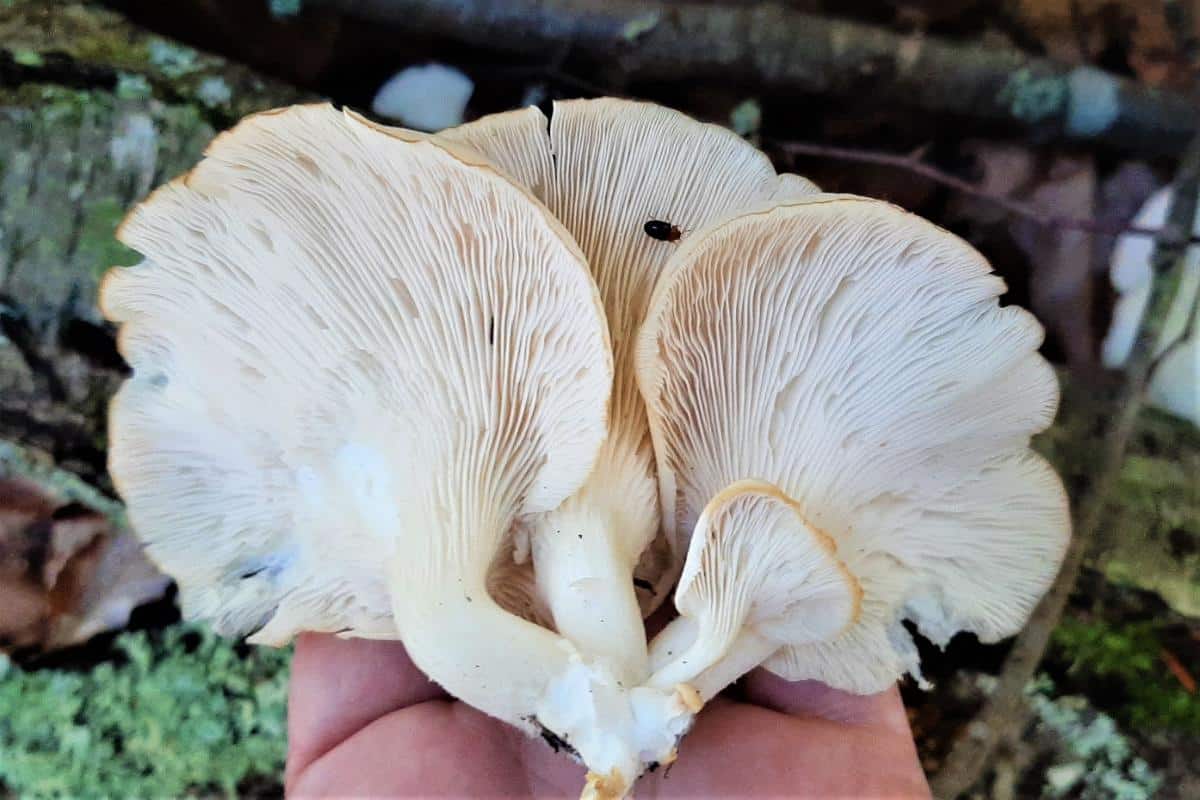
Modern Media and the Reinforcement of Mycophobia
Have you ever noticed how movies and TV shows almost always portray mushrooms as something dangerous? It’s no coincidence that many of us grow up fearing fungi when the media constantly shows them as symbols of decay, poison, and death.
TV shows and movies
Our screens are filled with frightening fungal stories! HBO’s “The Last of Us” features a mutated cordyceps fungus turning humans into zombie-like “Clickers” that mindlessly attack. Yikes! The show “Hannibal” includes a disturbing episode where a serial killer uses living victims as fertilizer for his mushroom garden.
Horror movies dive right into mushroom fears – like “Shrooms” (2007), where American college students experience terrifying nightmares after consuming wild mushrooms in Ireland. Classics like “Young Sherlock Holmes” (1985) show psychedelic mushrooms causing frightening hallucinations and accidental deaths. These portrayals tend to stick in our minds and can make us suspicious of all fungi!
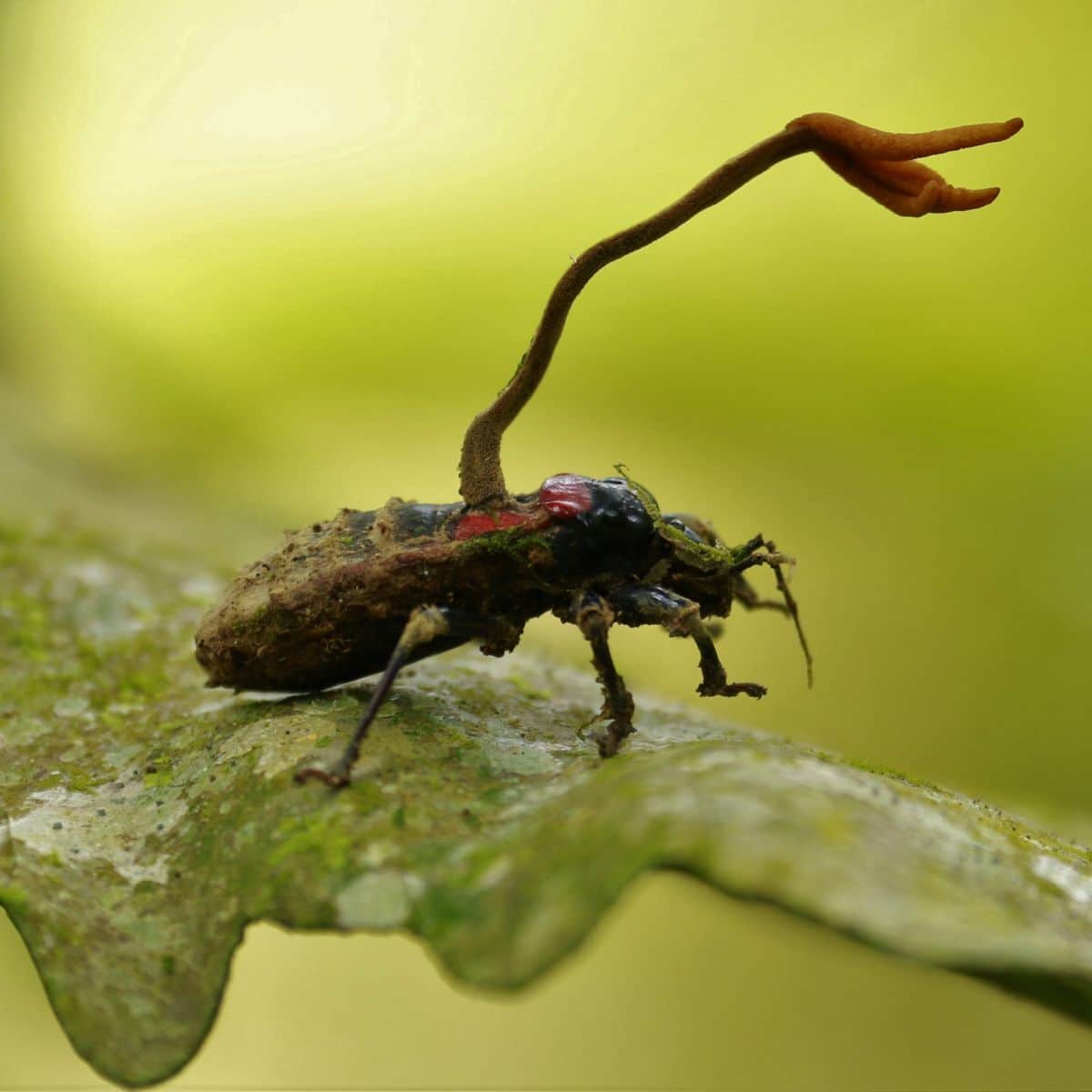
List of Movies and TV Shows:
- Shrooms (2007) – A horror film about a group of friends who go camping to consume psychedelic mushrooms, but things take a terrifying turn.
- Mushrooms (1995) – An Australian dark comedy about two older women dealing with a dead body at their bed and breakfast.
- The Last of Us (2023) – A TV series where a fungal infection transforms humans into zombie-like creatures.
- Matango (1963) – A Japanese horror film about shipwrecked travelers who encounter mushroom people on a remote island.
- The Girl with All the Gifts (2016) – A sci-fi horror where a fungal infection turns humans into zombie-like creatures.
- Possession (1981) – Features fungal imagery and themes.
- Hannibal (TV series, 2013-2015) – Several episodes feature mushroom cultivation as part of murder plots.
- In the Earth (2021) – A folk horror film with a significant fungal theme.
- Alice in Wonderland – Features the iconic scene with a caterpillar sitting on a mushroom that can change Alice’s size when eaten.
- X-Files (TV series) – The “Field Trip” episode features a giant, hallucinogenic mushroom. Mulder and Scully are trapped inside, sharing hallucinations and realizing they are being digested.
Thankfully, movies have recently been made celebrating the fungi kingdom, and more people are embracing the wonderful world of mushrooms.
- Fantastic Fungi (2019) – This documentary explores the amazing world of fungi. It shows how they can heal, support life, and help regenerate the Earth.
- Now, Forager (2012) – A film about a couple who forage for mushrooms and sell them to high-end restaurants.

News coverage
The news loves a scary mushroom story! This unbalanced reporting makes rare poisonings seem like everyday occurrences. The thousands upon thousands of mushrooms that are foraged every year without incident are not dramatic enough to make the headlines.
In reality, the actual risk remains small, unless you like taking chances and eating mushrooms you’re not entirely sure about. There is a risk, but it’s pretty easy to avoid by not eating mushrooms you don’t know.
Recently, the newspaper headlines (online and print) were chock full of the story about eleven people hospitalized in Pennsylvania after eating toxic wild mushrooms. And then, there was a tragic death in Utah from mushroom poisoning. Another mushroom poisoning and death story that made all the headlines was the morel mushroom incident in Montana, where two people died from undercooked morels.
A mushroom story that really captured the headlines was the alleged murders by poisonous mushrooms in Australia in 2024. This case is still ongoing, but the prosecution alleges that the defendant purposely fed her relatives death cap mushrooms. Three people died in this case.
Mushroom poisoning stories have captivated readers since the Roman Empire’s over 2,000 years ago. Unfortunately, these frightening tales about people dying from poisonous mushrooms doesn’t encourage learning about safe identification – they push people to avoid ALL wild mushrooms completely.
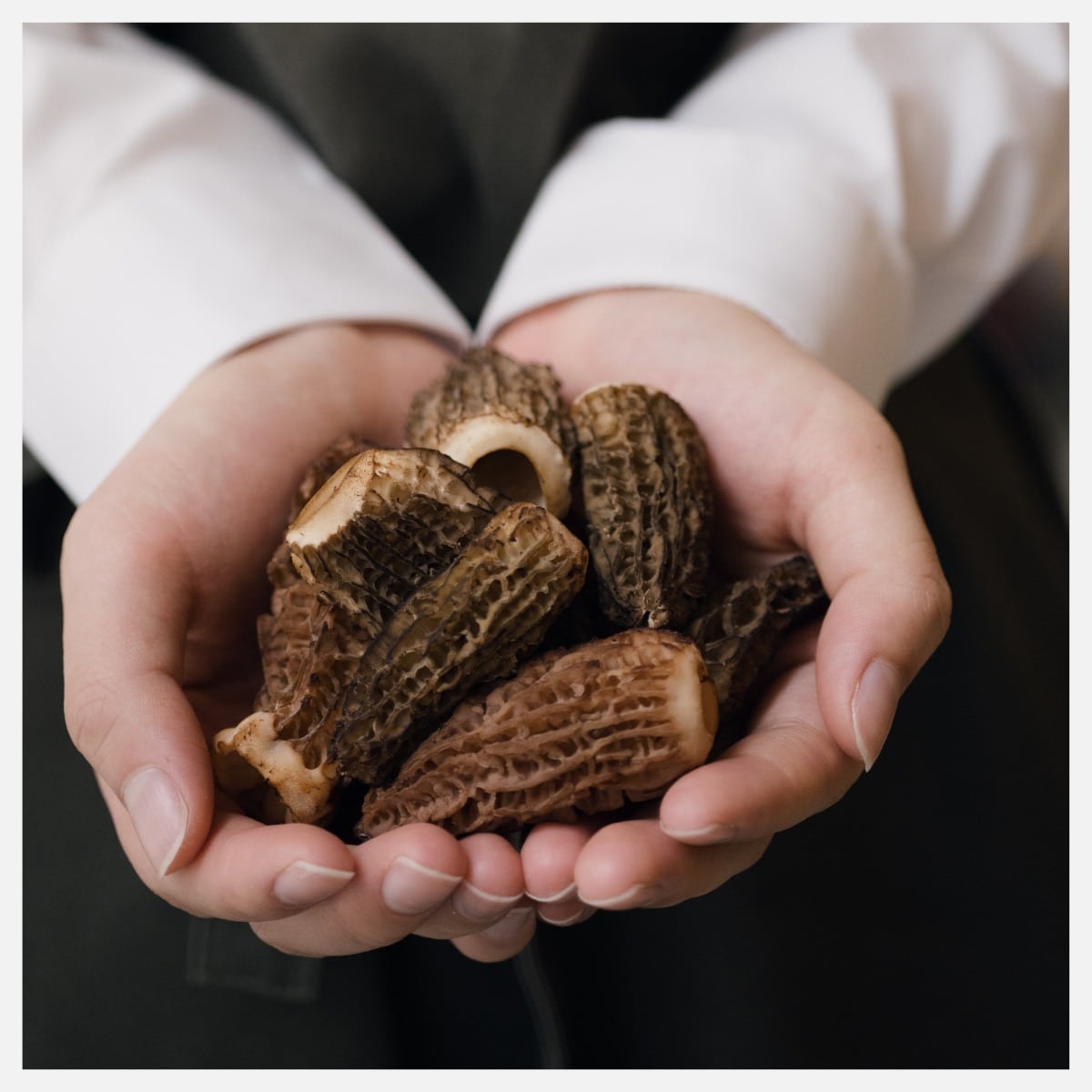
Reconnecting with Mushrooms in the 21st Century
During the COVID lockdowns of 2020-2021, many people discovered a new appreciation for the natural world. This was, of course, in part because out in nature was a safe place to be. For many, it was a time to reconnect.
Mushroom hunting offers such a wonderful way to reconnect with fungi. The goal doesn’t have to be eating them, just learning about them and discovering their multitude of incredible qualities.
Some Truths About Fungi:
- Of the roughly 14,000 known mushroom species, only about 400 are poisonous – that’s less than 2%. And, of the poisonous ones, just 20 are actually common. Statistically speaking, the chances of being hurt or killed by a mushroom are extremely low. Though, of course, not impossible.
- It is absolutely okay to touch any wild mushroom; touching a poisonous mushroom will not hurt you. You have to eat it to be exposed to the toxins, so mushroom hunting is a completely safe activity to do. The only time it becomes complicated and potentially dangerous is if you decide to eat them. Before you make that decision, you should study, learn with experts, and always be 110% confident in your identification.
- You don’t need to know Latin or be scientifically-minded to learn about edible mushrooms and go out foraging. Anyone can learn mushroom foraging as long as they understand it takes time, practice, and dedication, just like with any other hobby or pursuit. It’s actually quite easy to get started.
Education is always the best solution for anyone with cultural mycophobia. Learning from experienced mushroom hunters or joining forays (groups meeting to look for wild mushrooms in the woods) are some of the best ways to learn to distinguish between edible and poisonous varieties.
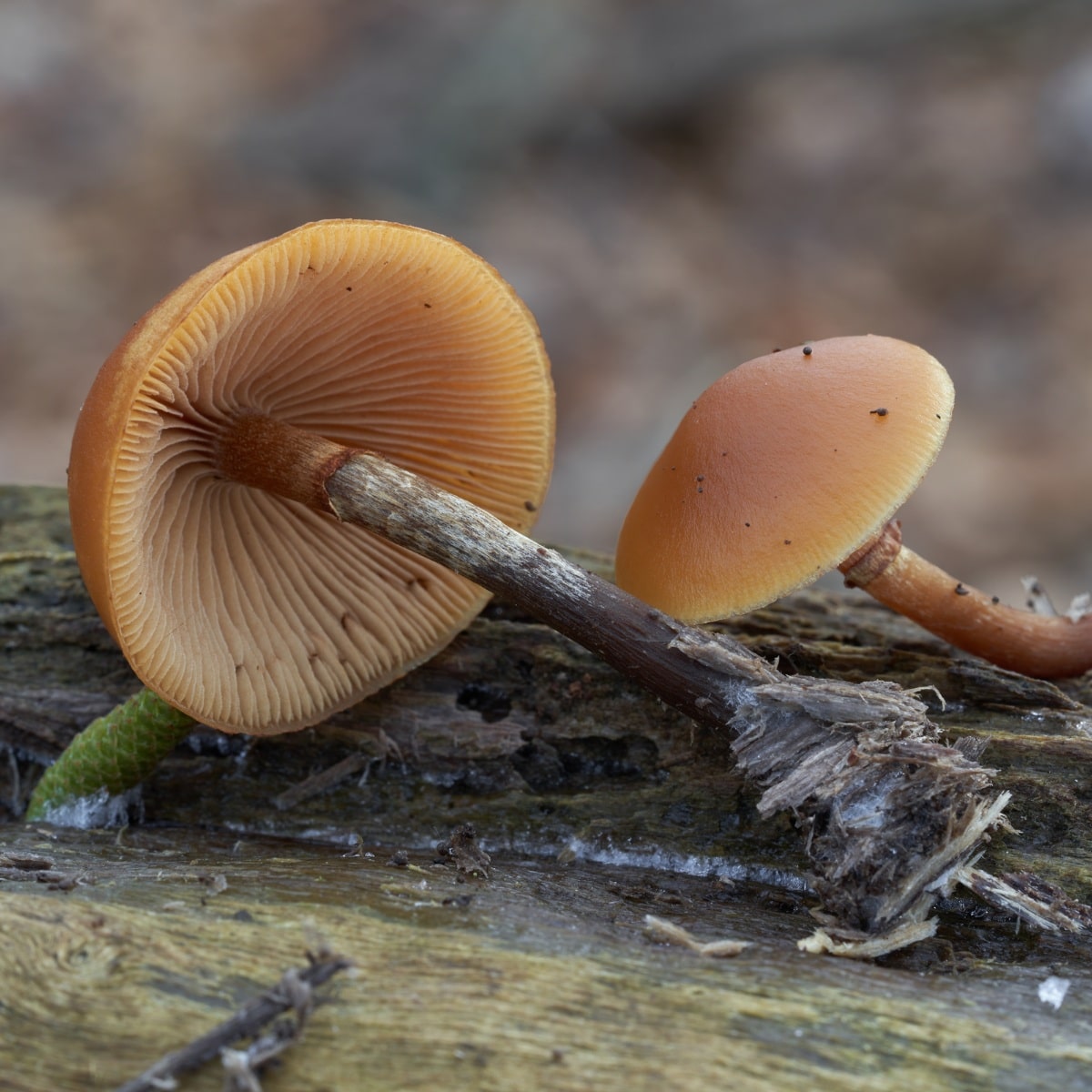
Growing mushrooms at home is another great way to learn about the fungi kingdom and get an excellent reward. Beginners can watch a mushroom’s life cycle unfold with a simple growing kit.
Fear runs on ignorance, but knowledge is the best cure. If you’re afraid of mushrooms, your fear likely reflects our broader disconnect from nature rather than a rational assessment of risk. For example, do you avoid riding in cars because of the risk of being in an accident? The statistics say it is much more dangerous to be in a car than to forage wild mushrooms!
There are several ways to get past mycophobia:
- Learn mushroom identification from experienced foragers
- Read reliable mushroom guides to understand fungal ecology
- Grow mushrooms at home with beginner-friendly kits
- Take the media reporting with a grain of salt, and remember, they only publish the dramatic stories, not the hundreds of thousands of successful foragers every year.
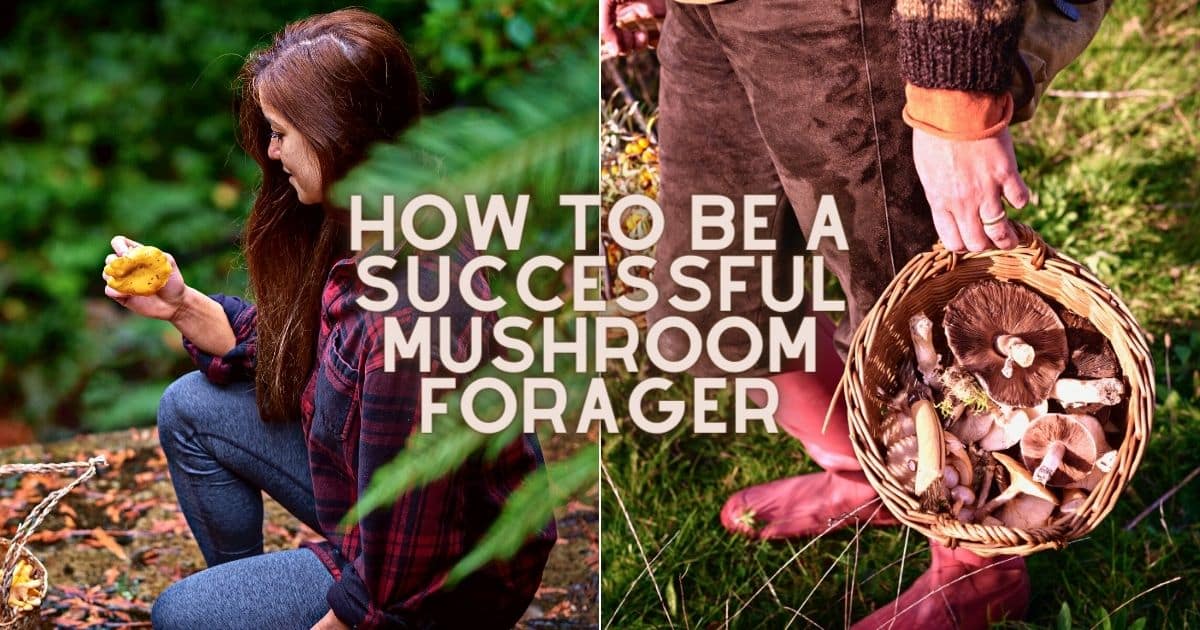





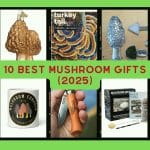
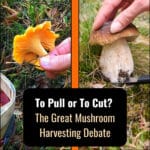
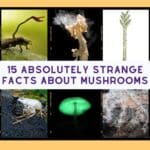

Leave a Reply